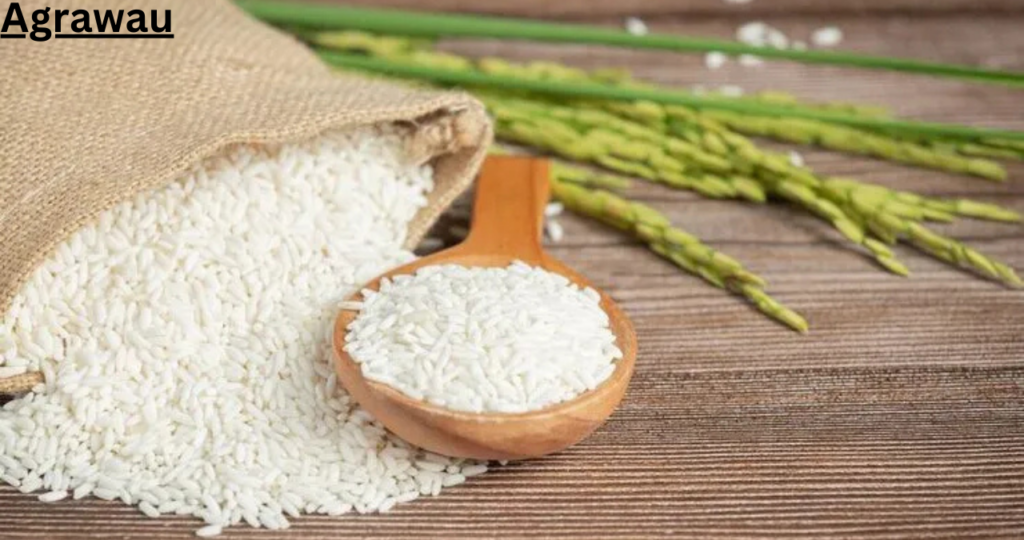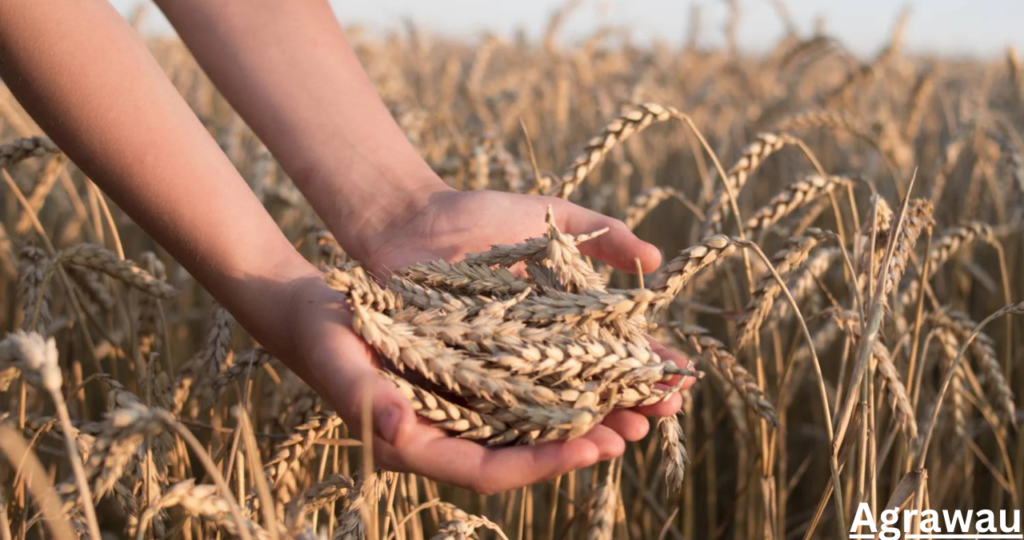Agrawau is a term that has deep cultural and historical significance, yet it remains relatively unknown to many. It embodies a rich heritage, rooted in centuries of traditions, stories, and societal influence. Understanding Agrawau requires a dive into its origins, how it has evolved over time, and its impact on communities that cherish its essence.
In today’s rapidly modernizing world, preserving traditions like Agrawau is vital for maintaining cultural identity. This article explores Agrawau’s historical background, its cultural and traditional significance, its relevance in modern times, and the challenges it faces in the future. Through this, readers will gain a comprehensive understanding of why Agrawau’s continues to hold an important place in society.
Historical Background of Agrawau

Agrawau’s origins can be traced back to ancient times, with records and oral traditions pointing toward its existence in early civilizations. It emerged as a crucial part of social and economic life, influencing commerce, governance, and community structures. Historians believe that Agrawau was deeply interwoven with trade routes, religious practices, and early governance systems, making it a significant cultural marker.
Over time, Agrawau witnessed a series of transformations. Conquests, migrations, and socio-political changes all played a role in shaping its identity. Key figures from history have been associated with Agrawau, contributing to its development and preservation. These individuals—whether rulers, merchants, or cultural leaders—left behind legacies that are still revered today.
The evolution of Agrawau did not happen in isolation. Neighboring cultures and civilizations influenced its practices, leading to an exchange of ideas and traditions. This cross-cultural interaction enriched Agrawau, allowing it to adapt and thrive through the ages. Despite the passage of time, the essence of Agrawau remains intact, a testament to its resilience and significance.
Cultural and Traditional Significance

Agrawau is more than just a historical concept; it plays a vital role in shaping cultural identities. It is deeply embedded in various customs, festivals, and societal norms. Communities that uphold Agrawau’s traditions celebrate it through rituals, storytelling, and art, ensuring that its legacy is passed down through generations.
One of the most striking aspects of Agrawau’s is its connection to folklore and literature. Ancient texts and oral traditions narrate its importance, highlighting its role in moral and ethical teachings. These stories serve not only as entertainment but also as a means of educating younger generations about their heritage.
Artistic expressions inspired by Agrawau can be found in paintings, sculptures, and architecture. Traditional craftsmen and artists have used its themes as motifs in their work, further solidifying its cultural impact. Even in music and dance, Agrawau’s influence is evident, with performances often depicting tales and historical events related to it.
Despite regional variations, the core principles of Agrawau remain consistent. Different communities may interpret and practice it in unique ways, but its essence as a symbol of unity, tradition, and moral values remains universal. This adaptability has allowed Agrawau’s to endure over time while maintaining its cultural authenticity.
Modern-Day Relevance of Agrawau

In contemporary society, Agrawau continues to be a source of inspiration and pride. While modernization has changed the way people interact with traditions, Agrawau has found new ways to stay relevant. Today, it is celebrated in cultural festivals, educational programs, and social initiatives that aim to preserve and promote its values.
One of the most significant ways Agrawau’s has adapted is through digital platforms. Online forums, social media, and digital archives have made it easier for people to learn about and engage with its history. Scholars, historians, and cultural enthusiasts have taken to the internet to share knowledge, ensuring that Agrawau reaches a global audience.
Moreover, Agrawau has influenced contemporary arts and media. Filmmakers, writers, and artists draw inspiration from its themes, incorporating them into modern storytelling. This fusion of traditional and modern elements helps bridge the gap between generations, making Agrawau’s relevant to younger audiences.
The economic impact of Agrawau is also noteworthy. Handicrafts, tourism, and cultural exhibitions centered around it contribute to local economies, providing livelihood opportunities while preserving heritage. Governments and cultural organizations recognize this potential and have initiated projects to support Agrawau-related enterprises.
Challenges and Future of Agrawau

Despite its enduring significance, Agrawau’s faces several challenges. Globalization and rapid urbanization have led to a decline in traditional practices, as newer generations shift towards contemporary lifestyles. The risk of cultural erosion is a major concern, as fewer people actively engage in preserving Agrawau’s heritage.
Efforts to document and institutionalize Agrawau’s traditions are essential for its survival. Cultural organizations and academic institutions play a critical role in researching and archiving its history. Educational programs that incorporate Agrawau’s into curricula can also help instill its values in future generations.
Another challenge is the commercialization of cultural traditions. While economic opportunities can help sustain Agrawau, there is a fine balance between preservation and exploitation. Ethical tourism and fair-trade practices are necessary to ensure that the integrity of Agrawau is maintained while allowing communities to benefit from its popularity.
Looking ahead, the future of Agrawau’s depends on collective efforts. Governments, communities, and individuals must work together to promote awareness and appreciation for this cultural gem. By integrating Agrawau into modern practices while preserving its core values, it can continue to thrive for generations to come.
Conclusion
Agrawau is a testament to the richness of cultural heritage, embodying history, tradition, and identity. Its journey from ancient times to modern society showcases its adaptability and resilience. Understanding and preserving Agrawau’s is not just about honoring the past; it is about enriching the present and safeguarding the future.
As we navigate an era of rapid change, embracing cultural traditions like Agrawau can provide a sense of belonging and continuity. By educating ourselves and others about its significance, we can ensure that Agrawau’s remains a vibrant part of our collective heritage. The responsibility of keeping it alive rests with each generation, making it an enduring legacy for years to come.
Frequently Asked Questions (FAQs)
What is the origin of Agrawau?
- Agrawau’s origins date back to ancient civilizations, where it played a significant role in culture, trade, and governance.
How is Agrawau celebrated or recognized today?
- It is celebrated through cultural festivals, educational programs, and artistic expressions in literature, music, and dance.
What are the major cultural influences of Agrawau?
- Agrawau has influenced folklore, art, architecture, and societal norms, shaping the identity of various communities.
How has Agrawau evolved over time?
- While rooted in tradition, Agrawau has adapted to modern times through digital engagement, media representation, and economic contributions.
Are there any efforts to preserve Agrawau’s traditions?
- Yes, cultural organizations, governments, and academic institutions are actively working to document, promote, and sustain Agrawau.
What are some common misconceptions about Agrawau?
- Many assume it is outdated, but Agrawau continues to evolve and remain relevant in contemporary society.
How does Agrawau compare to similar cultural traditions?
- While unique in its essence, Agrawau shares similarities with other traditions that emphasize heritage, moral values, and community bonding.






